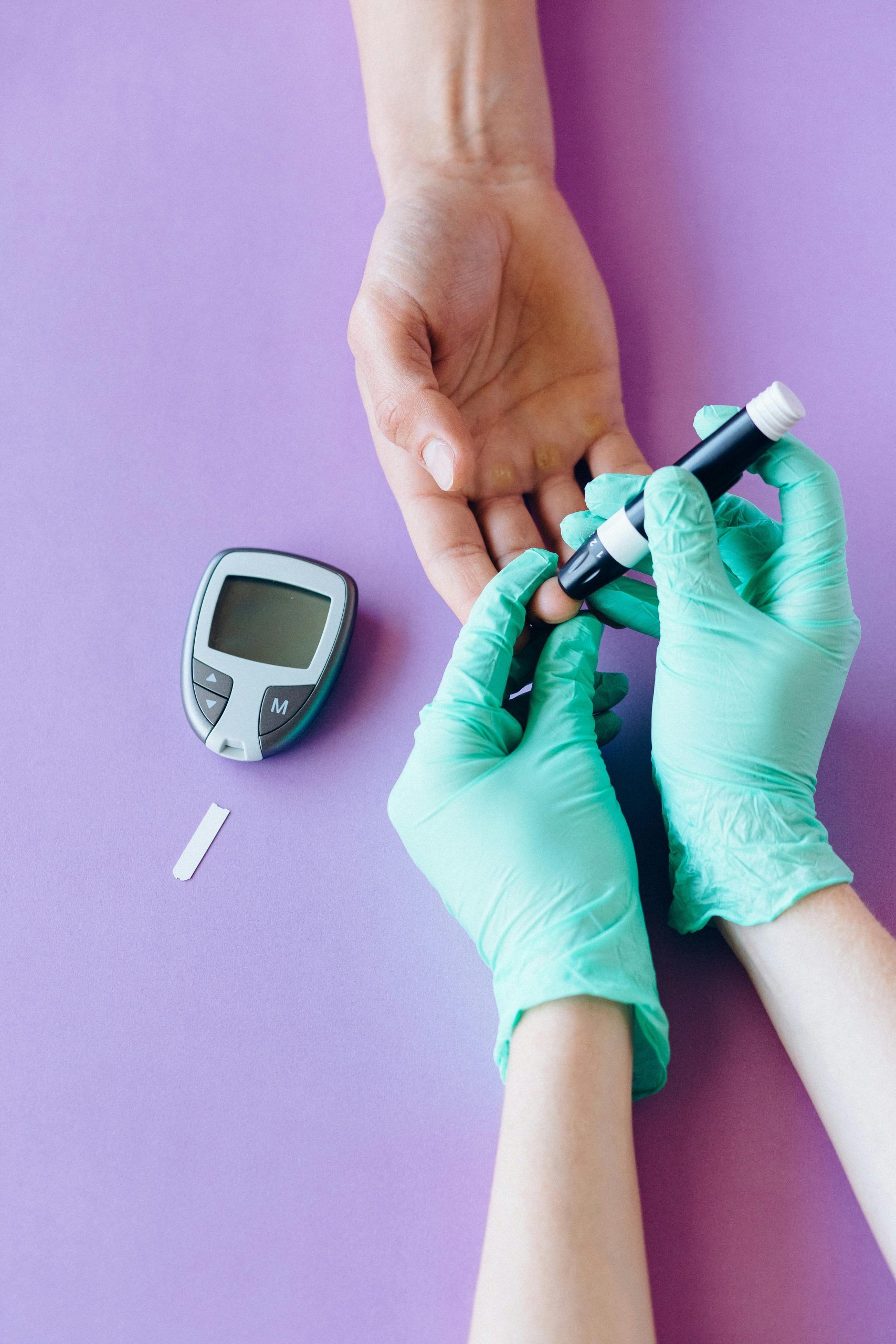Recovering Data from a Damaged Western Digital WD50NDZW External Drive: A Professional Perspective
Accidental damage to external hard drives can be a distressing experience, especially when vital data is at stake. Recently, a user shared their challenges with a Western Digital WD50NDZW 5TB portable drive following an accidental drop. This scenario underscores common issues faced with physically damaged drives and highlights the importance of expert intervention for data recovery.
Understanding the Device and Initial Symptoms
The WD50NDZW is a 2.5-inch external hard drive with a 5TB capacity, commonly used for data storage and portable backups. In this case, after the drop, the drive exhibited the following symptoms:
- It spins up upon connection but is not recognized by the computer.
- The drive’s heads initially moved back and forth from the parking ramp but failed to reach the platters.
- Manual testing of the heads indicated they could move freely, and the platters appeared to spin without obstruction.
- Currently, the drive spins up briefly and then stops, with no clicking sounds.
Potential Causes of Failure
Based on these observations, the primary suspected issues include:
- Mechanical damage to the read/write heads or actuator arm.
- Head misalignment preventing proper contact or data read/write operations.
- Internal mechanical components, such as spindle motor or firmware controls, may be compromised.
These symptoms are typical of physical damage resulting from a drop, which can cause misalignment or damage to delicate internal components.
Recommendations for Data Recovery
If you find yourself in a similar situation, consider the following steps:
-
Avoid Further Handling
continued use or attempts to power on the drive may exacerbate the damage. Avoid excessive force or open the drive, as this could cause further harm. -
Seek Professional Data Recovery Services
Specialized data recovery laboratories are equipped with cleanroom facilities and tools to handle mechanical failures. They can meticulously disassemble the drive, inspect internal components, and perform head repairs or replacement if necessary. -
Advantages of Professional Recovery
- Minimize the risk of data loss.
- Use of donor parts or advanced repair techniques to realign or replace damaged heads.
-
Imaging the internal platters to retrieve data even when the drive is non-functional.
-
Preventative Measures for the Future
Regular backups, physical handling with care, and using protective cases can reduce the risk of damage.
Final Thoughts
Data recovery
Share this content:



